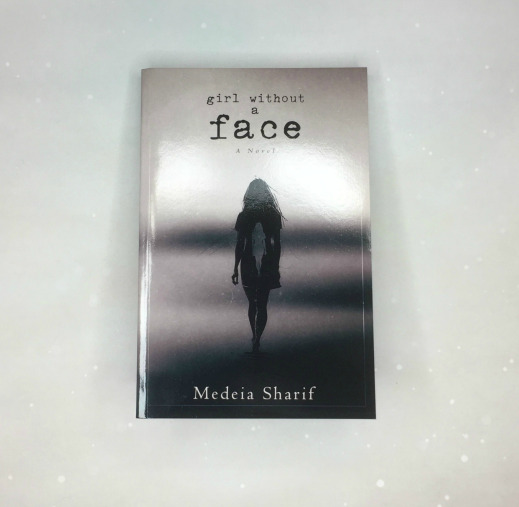 Title: Daughters of the Witching Hill
Title: Daughters of the Witching Hill
Author: Mary Sharratt
Time/Place: England, 1612
Teaser: ‘By daylight gate I first saw him, the boy climbing out of the stone pit in Goldshaw.’
Summary: A family of women struggle through famine and hardship. The eldest, known as Mother Demdike, travels around Lancaster, delivering blessings in exchange food. Her healing gift is passed on to her daughter and grandchildren, but in a time of strict religion and superstition, a blesser is a dangerous profession – soon, the cry of witchcraft is heard in Pendle Hill.
My Thoughts:
I picked this book up just after leaving Lancaster University. As anyone who’s lived in or visited the area will know, the Pendle Witches are a constant topic of historical interest, lending their names to pubs, shops and my college. Also, my grandmother lived not far from Pendle Hill, and as a northerner overall, I was keen to read something set in England that wasn’t based in the south or London.
The history: Sharratt does a good job of balancing historical fact with description and characterisation, and delivers a rich picture of rural living and femininity in a superstitious, difficult time. She also opens the debate on the historical view of witches and witchcraft and leaves room for further thought without imposing modern views on her characters. Although it takes some time for the narrative to reach the Pendle Witch Trails, there is plenty of historical detail regarding religion in the time of James I and the local area of Lancaster. The historical highlight for me personally was the use of dialect. Any book set before the 1800s can never truly represent past voices in a way the modern reader can understand, but Sharratt gets a perfect balance, peppering the first-person narrative with unusual words and phrases without distracting the reader, grounding the book perfectly in its historical setting.
The story: This book chiefly focuses on the lives of ordinary people, something which there is a lot of space for in the historical fiction market, keeping away from courts and battlefields. By relation, it was also nice to read a female-oriented work that only touched on romance as a part of life, rather than making it the focus of the plot. Sharratt has a brilliant grasp of voice and builds good tension, sewing seeds of friendships and resentments over multiple generations. I especially enjoyed the parts narrated by Mother Demdike, who brings age and hindsight to the story, although her hotheaded granddaughter Alizon was also a strong narrator. Sharratt plays with the use of real magic and familiars, but leaves the reader free to speculate the truth of the more remarkable aspects., and I found this step towards magical realism an appealing blend of genres, especially in a small, local setting. Overall, this is an interesting and unusual story about family, religion, paranoia and community – a Salem in England that, though a little slow in the beginning, picks up a very tense pace by the end.
My favourite character was Mother Demdike, the original narrator and oldest of the Pendle Witches, who the reader sees age over the course of the book.
Recommended: For anyone who’s been to Lancaster and wants to know more about its history, or about religion in the time of James I. Fans of Philippa Gregory’s ‘White Queen’ may like the more fantastical aspects of this story.
My Rating: 4/5
Advertisements Share this:




